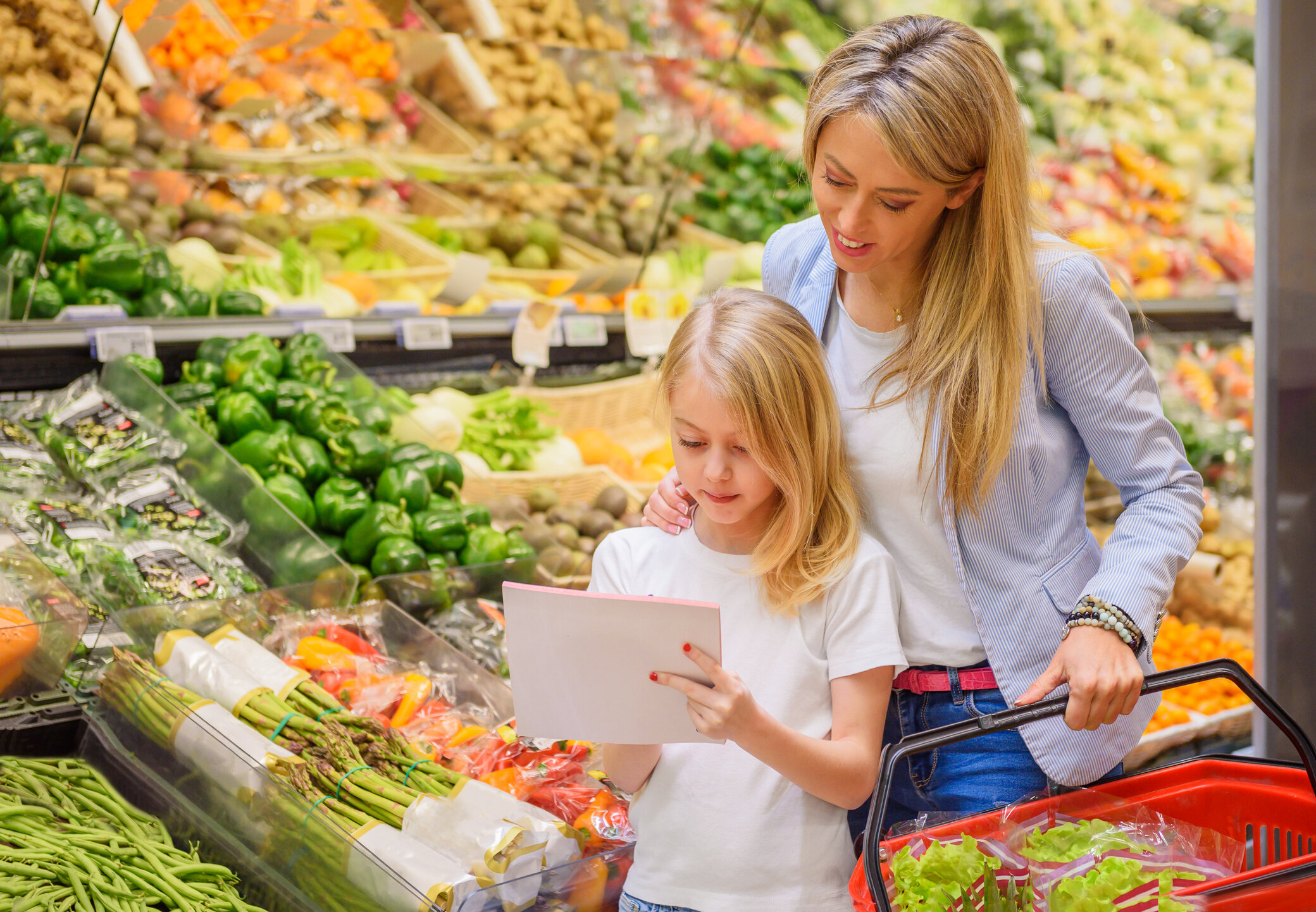It’s not your imagination. If you’ve been feeling like food has gotten more expensive, you’re right!
Of course, price increases occur nearly every year. But, after COVID-19 interrupted supply chains all over the world in 2020, nearly everything on the retail market went up in price more than it would have during a non-pandemic year.
According to the Food Price Outlook from the U.S. Department of Agriculture Economic Research Service, the prices of grocery food purchases increased 3.5% and the prices of restaurant food purchases increased 3.4% in 2020. Those are each about 1.5% more than the yearly average. Tack on the higher-than-normal price increases occurring in 2021 due to a continuing “pandemic effect” and climate-caused production issues… and that’s why we’re feeling the inflation more than we have in the past.
Is there any way to continue eating well in August 2021 when our food budgets still look like January 2020?
Where You’ll Save the Most on Food
Food prices are expected to stabilize in 2022. But, even then, there will be a significant difference in the cost of foods purchased from grocery stores vs. restaurants. Year-to-date 2021, grocery store foods are up .9% but restaurant foods are up a whopping 4.2%!
Restaurants are certainly convenient and delicious, but the days of .29¢ hamburgers are gone. The most budget-friendly meals possible are those that are prepped at home. You don’t have to consider yourself a home chef to eat better at home. And you don’t have to be into extreme couponing to save on food costs. You can start with just one of these tips.
-
Audit Your Habits
Running to the corner store on-the-fly when you need milk—or getting so hungry that you have to pick up a pre-made pizza on the way home—takes a bigger chunk of your cash than you may realize. Next time you’re vegged out in front of the TV, grab a notepad and write up what you’re weekly eating and food shopping habits are like. You may want to pull up your online bank account and make some notes based on how much you spent last week on those last-minute food purchases.
The goal here is to see where you’re obviously over-spending and try to consolidate those needs into fewer “emergency” purchases. If you can check the fridge on Sunday and make a shopping list for those items that are almost out, you can hit the grocery store on Monday and stock up during one trip. You’ll save time on running around, not run out of stuff that you need, and save money. The gallon of milk you purchase at the corner store is a lot less expensive at the grocery store.
-
Write Out a Meal Plan
Again, no chef skills needed here. Make a list of the things you or the fam like to eat most often and use that list to write out a full week’s worth of meals. A meal plan can help in a few ways.
If multiple meals include similar ingredients, like chicken, for example, you can minimize cost by checking local sale ads for discounts on chicken (fresh, frozen, or rotisserie). Then you can also save on prep time by dividing it into portions for chicken and rice one night, tacos another night, chicken salad sandwiches another night, and so on.
Meal plans can also help you reduce costs another way. If your family eats a lot of meat-based meals, your visual “map” of the week’s meals will make that clear so you can make an effort to replace a few with veggie-based meals. Meat is expensive but vegetables and legumes are very nutritious and affordable.
-
Shop Different Grocery Stores
Get to know all of the grocery stores in your vicinity. After a few visits to each, you’ll get the lay of the land about which has the better prices on the items you buy, which has the best sales, and which has the longest checkout lines. Discount grocery stores may have better quality items than you expect, and the big superstore may have the same items as the organic food store but at a lower price.
Ultimately, saving on food costs has a lot to do with awareness of habits. Just making one self-improvement at a time can add up to a fuller piggy bank… or a less stressed-out one anyway.
“Food Price Outlook.” USDA ERS – Food Price Outlook. Accessed August 2021. https://www.ers.usda.gov/data-products/food-price-outlook/.





